Birding Central Panama
– Gamboa,
Pipeline Road, Metropolitan Park, and Kuna Yala
8-16 March 2025
As some
readers may recall, at my retirement I made a pledge to confine my naturizing to
the US and Canada (Alaska included, of course). David Wilcove, however, talked
me into making a quick trip to the tropics during his school mid-term break. We
settled on Panama. Great choice!
It turns
out Panama offers accessible and species-rich old growth rainforest a mere 5-hour
flight from DC. Also a grand rainforest hotel right at the verge of the 55,000-acre
Soberanía National Park, just a 45-minute Uber from the airport! The hotel,
Gamboa Rainforest Reserve, has great birding on the campus and offers an
abundance of walks into the forest and down along the Chagres River. A short
drive got us to the famous Pipeline Road (where I had camped with John Terborgh’s
tropical ecology course in 1978).
Wilcove’s
big birding desire on this trip was to get a look at the Sapayoa (Sapayoa
aenigma)—the evolutionarily mysterious sub-oscine that has befuddled
systematists since it was described by Ernst Hartert in 1903. This unprepossessing
songbird has variously been placed in the Manakins, or situated near the Old
World Broadbills and Pittas, or even as incertae sedis [of uncertain
placement]. It is today placed in its own bird family, the Sapayoidae, and seated
at the very base of the passerines and of ancient Gondwanan roots. OK! So we
had to go see a Sapayoa so that David could close out the last of the
Neotropical bird families for his life list.
Hunting
for the Sapayoa took us on a day trip to the San Blas hills east of the Canal.
We visited Kuna Yala with our guide Alberto, who with his local compatriot
Maxxie, took us into the wet hilltop forest to an upland stream valley that
hosted a single pair of the birds. As the mid-day rains started, we located a
single bird high in the canopy. Our two guides also pointed out last year’s
nest for the species. Mission accomplished!
Other rambles of our weeklong visit took us to Metropolitan Park (superior rainforest birding right in town), Old Gamboa Road, the Gamboa wetlands, and back to reliable Pipeline Road. Our Panamanian sojourn produced one pleasant surprise after another.
White-faced Capuchin monkey female. We encountered wild primates on an hourly basis.We bumped
into Doug Robinson, a professor at Oregon State University and expert on Panama’s
birds. With two students in tow, Robinson
was repeating yet again his annual survey of the birds of Barro Colorado Island,
documenting the slow decline of the avifauna of that intensively-researched
island managed by STRI—the Smithsonian Tropical Research Institute. It was fun
to catch up at the end of the day with Robinson and his team… (Wilcove,
Robinson, and Beehler had all participated in the International Ornithological
Congress in Durban, South Africa, so we had lot to chat about).
Take-home
point: A trip to Gamboa and Soberanía National Park is a winner for anyone who
wants to have an easy but immersive rainforest experience with an abundance of
birds, mammals, and rainforest plantlife, with a minimum of muss and fuss. I
thank Byron Swift for recommending the Gamboa Rainforest Reserve. And what
follows is a photographic appreciation of our trip to Panama!
Common Tody-Flycatcher caught nest-building. Crimson-crested Woodpecker female--one of the tropical ivorybills. Geoffroy's Tamarin. One of four primates we encountered on our trip.
Great Tinamou, a shy forest-dweller.
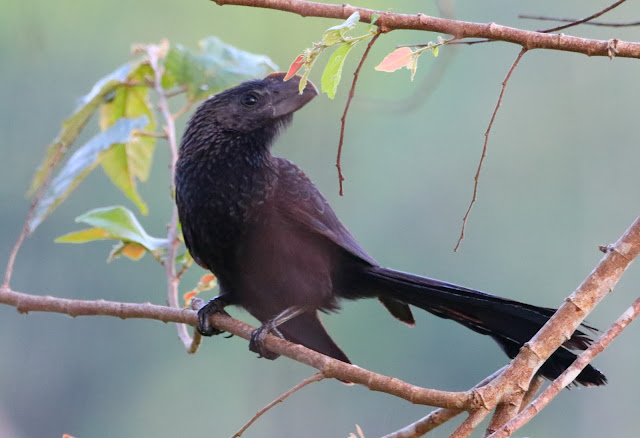




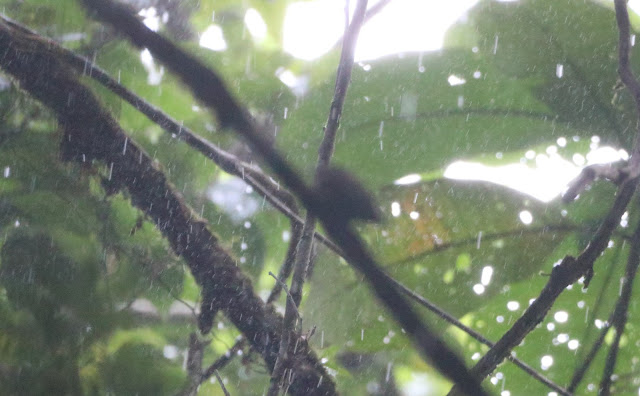



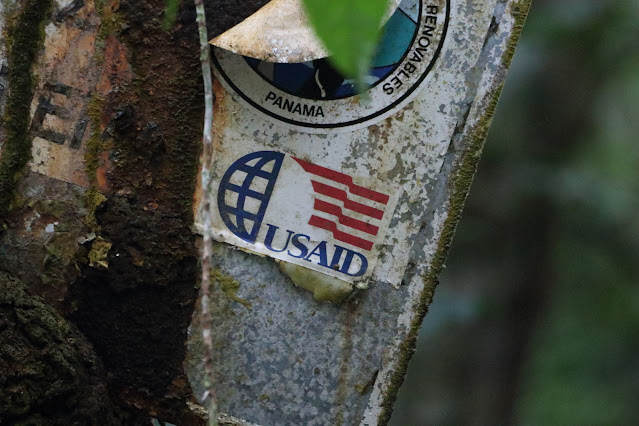




























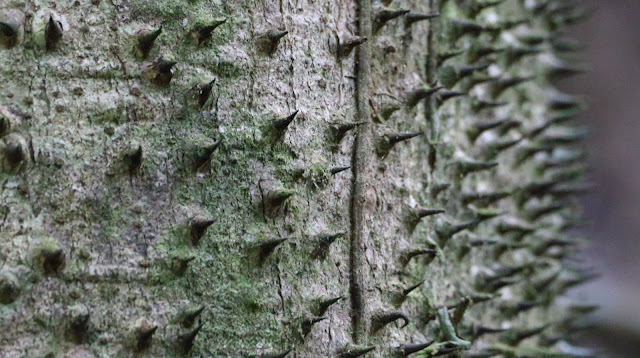





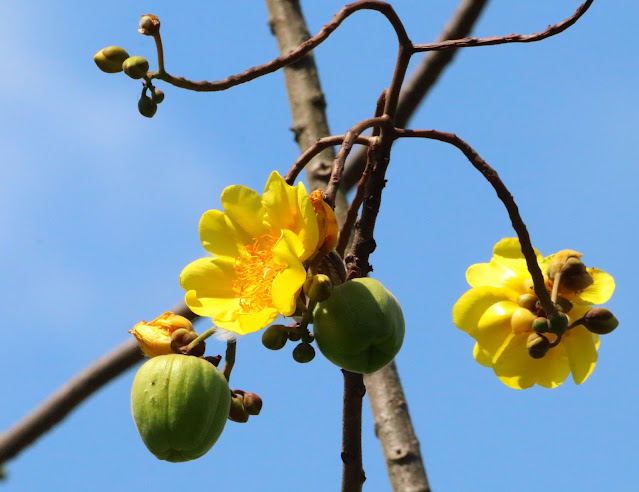



Gorgeous series of captures! I love the colours and details! Warm greetings from Montreal, Canada.
ReplyDelete